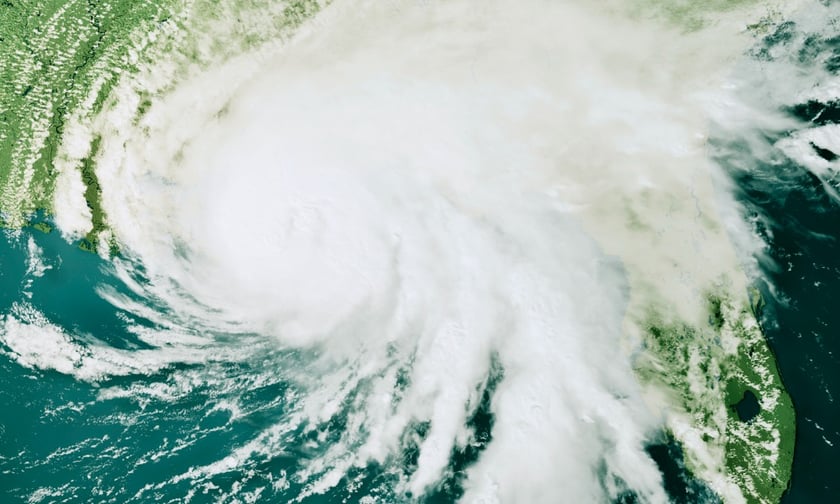

A recent case study by Moody’s reveals that in locations like South Florida, meeting or surpassing evolving building codes can slash home damage costs almost tenfold.
In the face of increasingly expensive physical climate risks in urban areas, the need for adaptation measures that reduce susceptibility to hazard-based damage is more critical than ever. With climate change, the severity of hazards from hurricanes and sea-level rise is expected to rise. These hazards encompass high wind speeds, storm surges, associated flooding, and heavy precipitation.
The report noted that cities and governments have the option to safeguard coastal areas from hurricane-induced damage by investing in robust coastal defense infrastructure, including seawalls, levees, and storm surge barriers. While the initial construction and maintenance costs may be substantial, in the long run, the economic losses averted from property damage and business disruption render these adaptation measures economically viable.
Moreover, implementing stricter building codes and standards for hurricane-prone regions can enhance the structural integrity of buildings and reduce the risk of significant destruction during severe storms. Although compliance costs may initially be higher, the overall economic benefits in terms of reduced reconstruction expenses and human casualties are substantial.
Assessing the cost-benefit of adaptation investments is pivotal in making strategic upgrades and property construction decisions. Allocating capital and building resilience into properties are both essential for sustaining viable insurance markets in regions at risk.
Moody’s RMS physical risk models provide valuable insights into hazard risks and financial impact drivers for on-the-ground adaptation cost-benefit analyses at the location level:
With over half of the global population residing in cities, and an additional 2.5 billion people expected to join them by 2050, according to United Nations estimates, the need for adaptation measures in urban centers cannot be overstated. Some of the fastest-growing US cities are the most exposed to physical climate hazards, facing rising perils in a warming climate.
Given the escalating costs and severity of physical climate risks in urban areas, adaptation measures that reduce susceptibility to hazard-based damages are indispensable. South Florida, including the Miami metropolitan area and the Florida Keys, continues to experience population growth and development expansion, despite the high risks associated with rising sea levels and hurricanes.
In other news from the state, Florida’s insurance market has finally seen an upturn after years of struggling with profitability.
What are your thoughts on this story? Please feel free to share your comments below.
